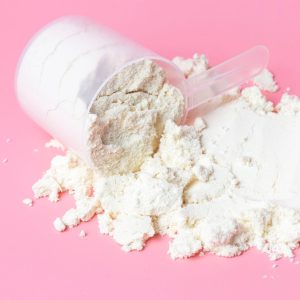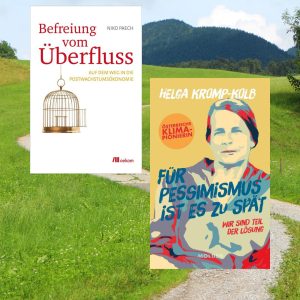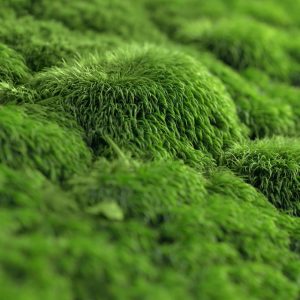Greenpeace investigation: microplastics detected in seven popular bathing waters in Austria
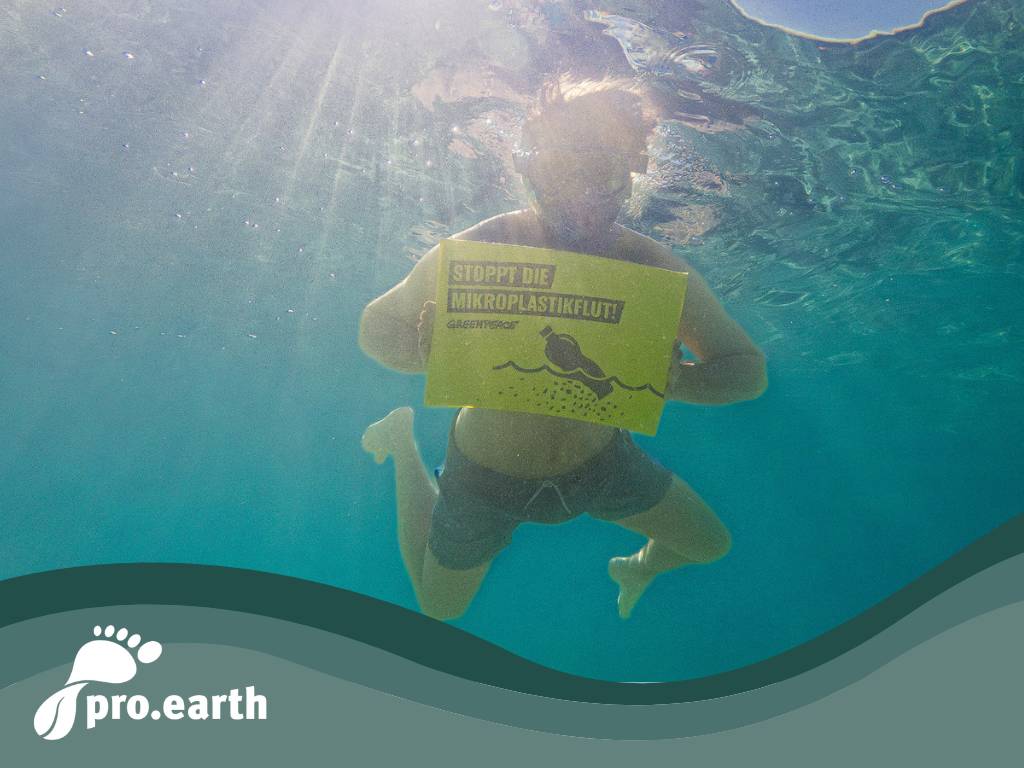
Lakes as a collection center for microplastics - Greenpeace calls for a binding reduction of plastic in Austria and a global plastics agreement
Greenpeace has tested seven bathing waters in Austria for microplastics. The result is alarming: microplastics were found in all water samples in the laboratory. The particles come from 15 different types of plastic, which are found in tires, clothing, packaging and building materials, for example. The environmental protection organization is calling on the federal government to introduce binding plastic reduction measures in Austria and is insisting on a strong global plastics agreement.
"It is alarming that microplastics are a constant companion, even when we are having fun in the water. Countless studies show that the rapid increase in plastic production is catastrophic for the environment and climate. Far too much plastic ends up in nature and the health effects have not yet been conclusively clarified," warns Lisa Tamina Panhuber, circular economy expert at Greenpeace in Austria.
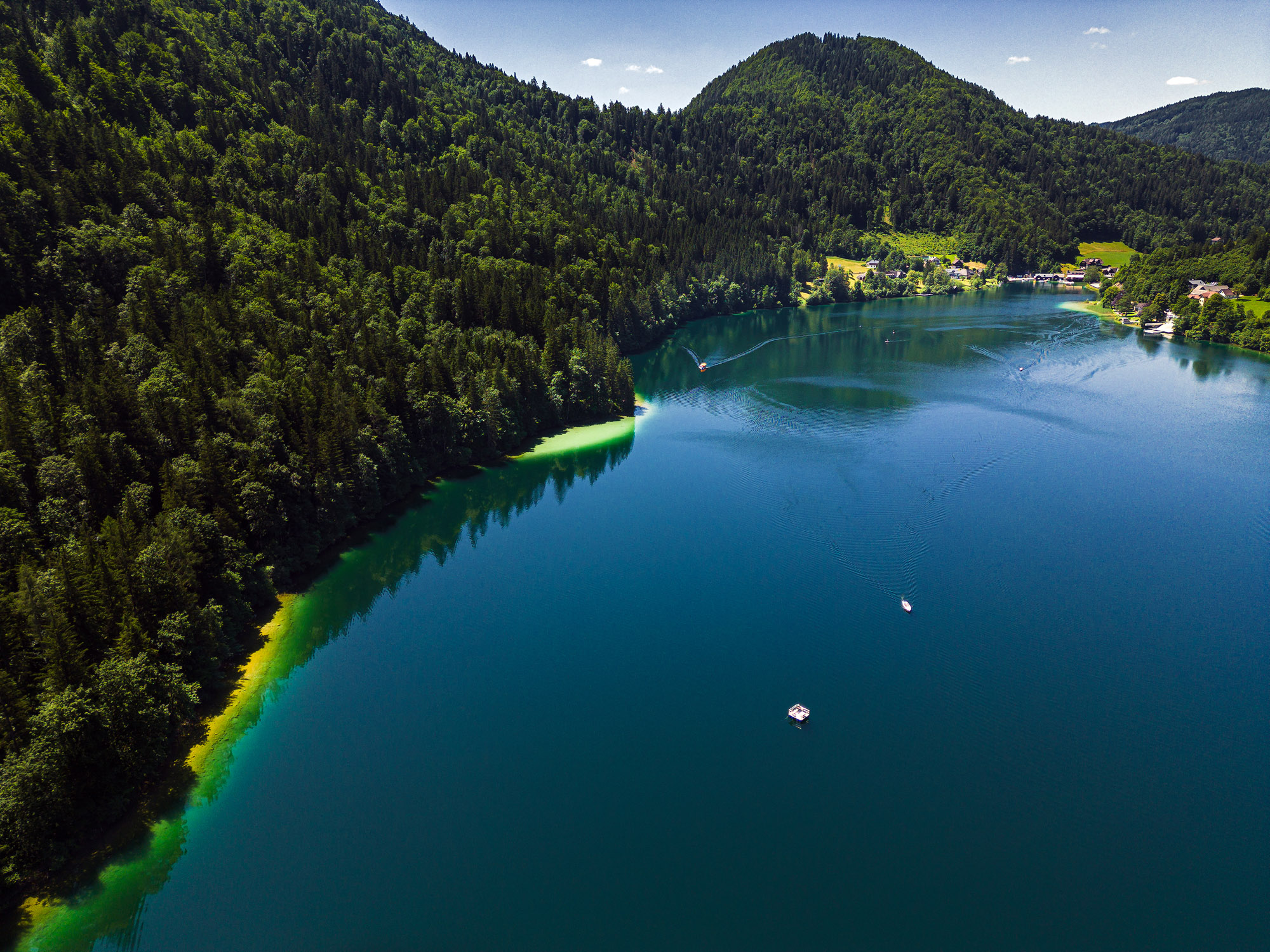 Seven bodies of water in six federal states were inspected
Seven bodies of water in six federal states were inspected
- The Old Danube in Vienna,
- Lake Neusiedl and
- Lake Neufeld in Burgenland,
- Lake Lunz in Lower Austria,
- the Attersee in Upper Austria,
- the Wolfgangsee in Salzburg and
- the Wörthersee in Carinthia
Results:
- Greenpeace measured the highest contamination with 4.8 microplastic particles per liter in a sample from the Old Danube*.
- The lowest concentrations were found in two samples from Lake Attersee and Lake Lunz with 1.1 microplastic particles per liter.
The investigation of the waters
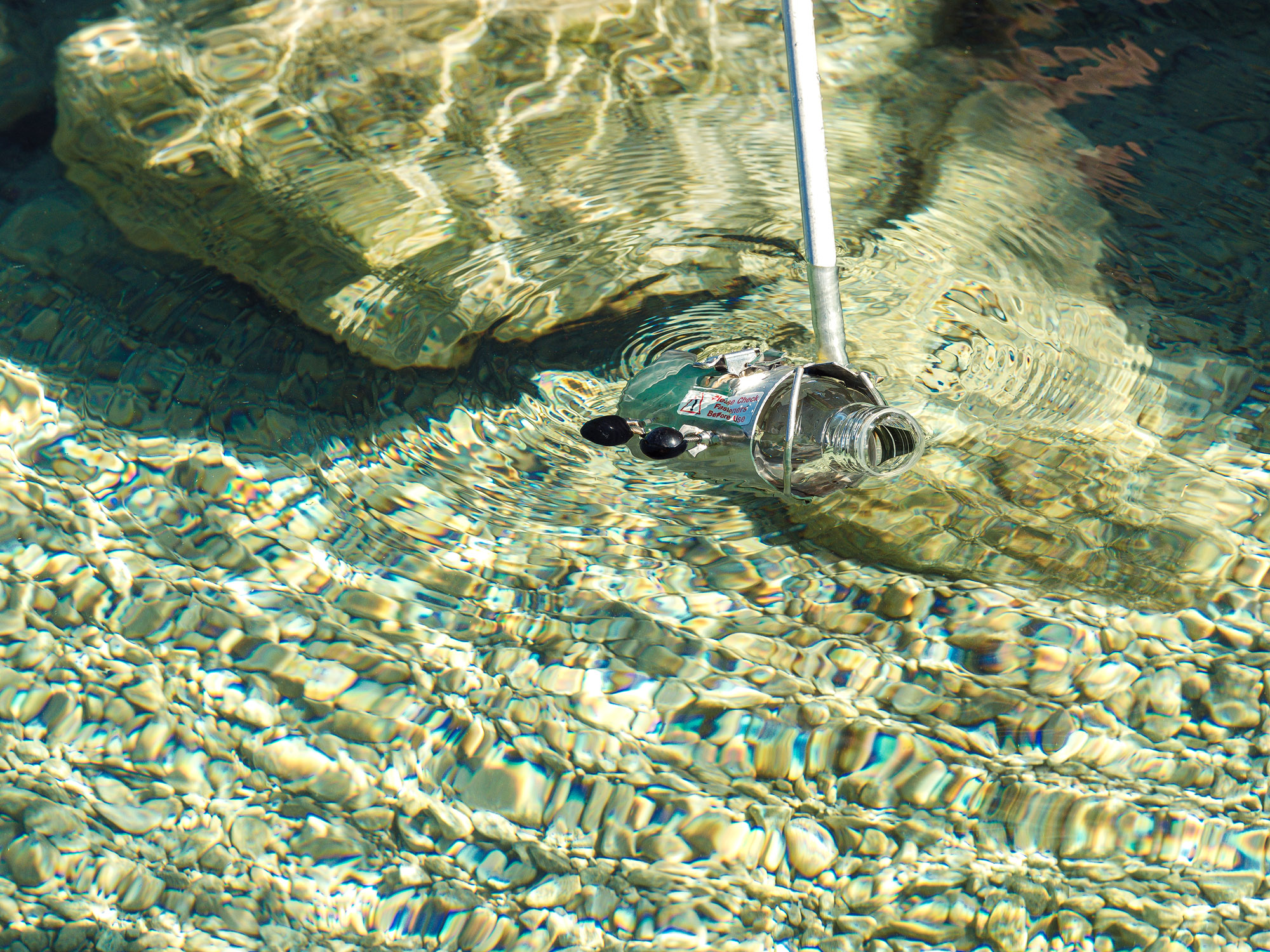 For the test, 2.9 liters of water were taken from each sample point. Particularly small particles were filtered in the laboratory using a 5-micrometre silver filter and the residues were analyzed using a microscope and infrared spectrometer. The health effects of microplastics on humans and animals, especially long-term effects, have not yet been sufficiently researched. There are indications that micro- or even smaller nanoplastic particles could activate mechanisms in the gastrointestinal tract that are involved in local inflammatory and immune reactions.
For the test, 2.9 liters of water were taken from each sample point. Particularly small particles were filtered in the laboratory using a 5-micrometre silver filter and the residues were analyzed using a microscope and infrared spectrometer. The health effects of microplastics on humans and animals, especially long-term effects, have not yet been sufficiently researched. There are indications that micro- or even smaller nanoplastic particles could activate mechanisms in the gastrointestinal tract that are involved in local inflammatory and immune reactions.
"From production to disposal, plastic is a threat to the environment, climate and health. Packaging and single-use products account for almost half of plastic production. The government must act. The ÖVP actually committed to reducing plastic packaging by 25 percent years ago - but the People's Party is still preventing binding reduction targets and high reusable packaging quotas. We urgently need laws instead of empty words," demands Panhuber.
An international agreement is needed
https://news.pro.earth/2023/05/27/wir-brauchen-ein-weltweites-plastikabkommen/
The amount of plastic produced each year is increasing rapidly worldwide - according to industry forecasts, it is set to double by 2040. In addition to national measures to reduce plastic in all sectors, Greenpeace is calling for a globally binding, ambitious UN plastics agreement that puts an end to the production of new plastic by 2040 and immediately bans particularly problematic and unnecessary types of plastic.
*Additional information: 13.3 microplastic particles per liter were detected in the sample from Lake Neusiedl - however, this sample is not directly comparable with the others, as less water could be analyzed due to the high turbidity.
The full results of the study can be found here:
https://act.gp/3s1uIPQ
Photos ©️Greenpeace_ Mitja Kobal
Related articles
https://news.pro.earth/2023/07/21/besorgniserregnend-speisesalz-enthaelt-mikroplastik/
https://news.pro.earth/2023/05/29/fakten-zum-weltweiten-plastikverbrauch/
